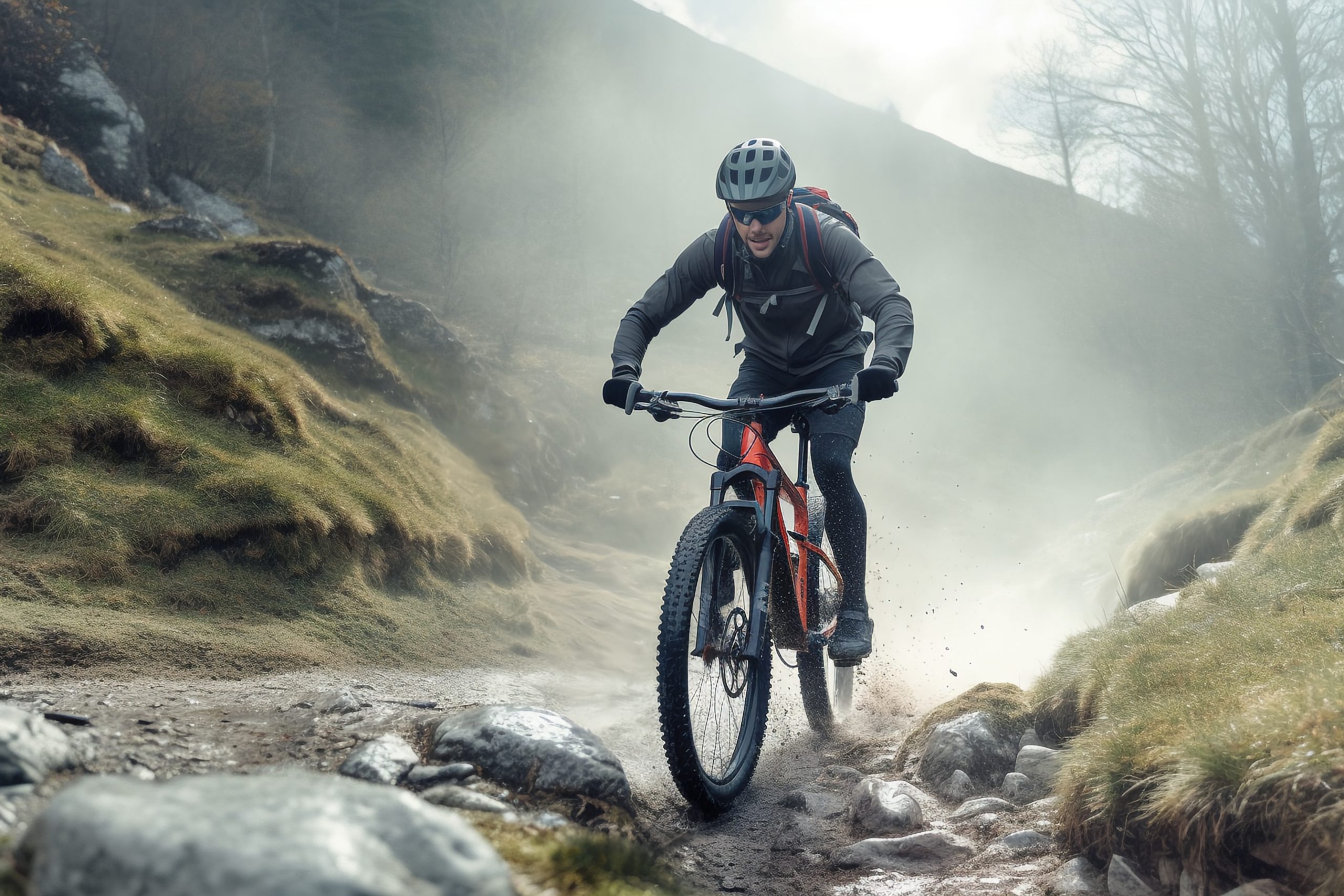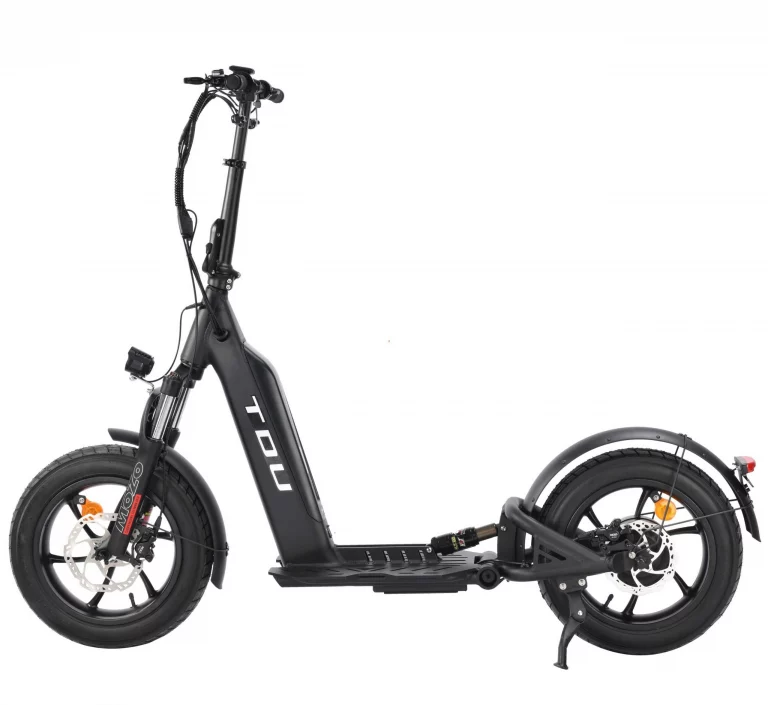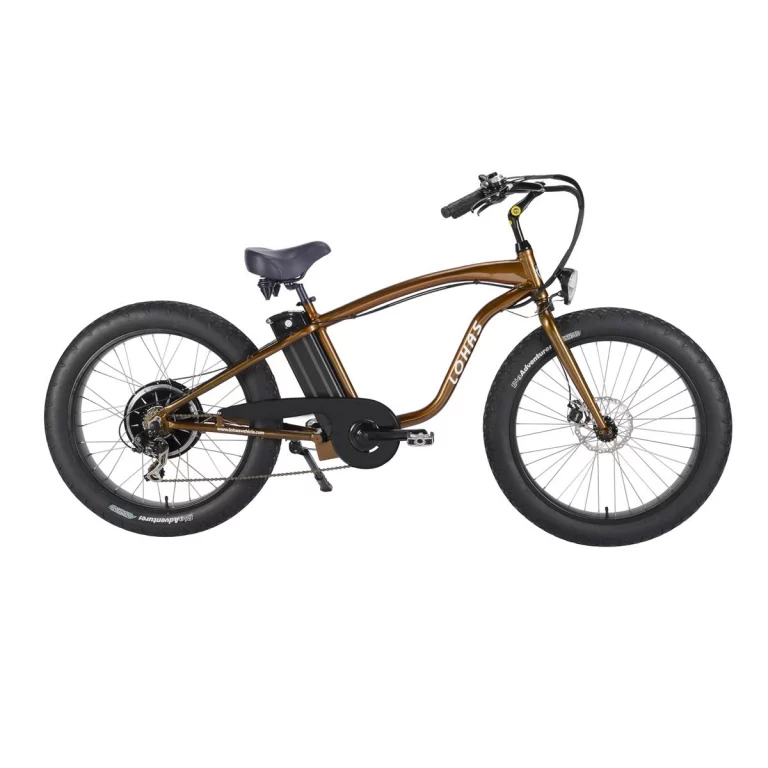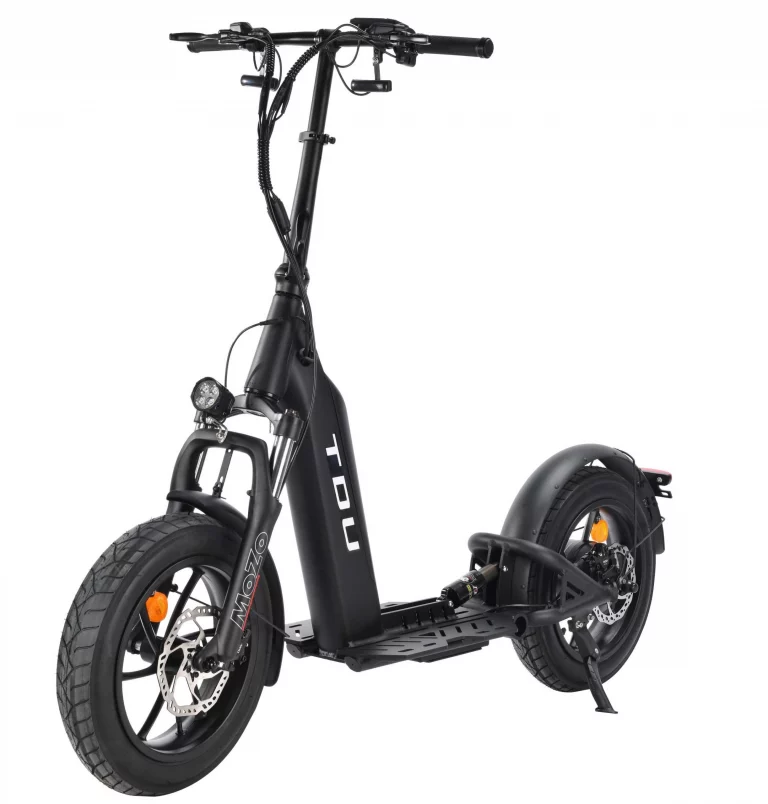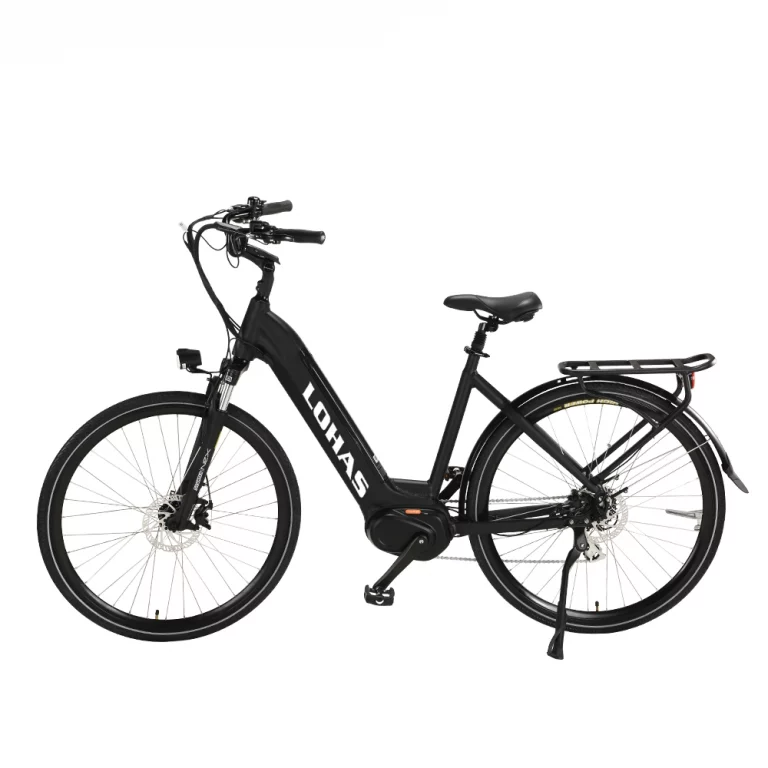Exploring the Terrain: The Rise of E-Bikes in Mountain Biking
The Evolution of Mountain Biking
Mountain biking has undergone a significant transformation, evolving from traditional pedal power to embracing electric assist technology. The surge in popularity of electric mountain bikes (E-MTBs) has reshaped the landscape of mountain biking, offering riders a new and exhilarating way to experience the trails. Recent sales data reflects this shift, with over 880,000 e-bikes sold in the U.S. in 2021 alone. Notably, there has been a remarkable increase in sales figures of electric mountain bikes compared to previous years, with e-bikes now constituting over 25 percent of all dollars spent on mountain-specific bikes.
The Debate: E-Bikes on Mountain Trails
The growing presence of e-bikes on mountain trails has sparked debates within the biking community. Safety concerns and speed are at the forefront of these discussions, as some traditional riders express apprehension about sharing trails with motor-assisted bicycles. However, survey data indicates that more than 80% of respondents agree that electric bicycles can be used by older individuals and those with physical challenges. Additionally, they are seen as viable alternatives to cars for various trips and are instrumental in expanding the number of people using bicycles.
Trail etiquette and coexistence have also emerged as key points of contention. While some express concerns about maintaining trail integrity and preserving the essence of traditional mountain biking experiences, others highlight how e-MTBs enhance accessibility for diverse riders. In fact, 70% of eMTB users utilize these bikes for touring and exploring new terrains while emphasizing their relevance for fitness and stress relief.
In light of these developments, it is evident that the rise of e-bikes in mountain biking is not only reshaping recreational activities but also fostering inclusivity within the biking community.
This section provides an overview of how electric mountain bikes have revolutionized traditional biking experiences while addressing ongoing debates surrounding their integration into existing trail systems.
Can E-bikes be used for mountain biking?
The Technical Side: How E-Bikes Work
Electric mountain bikes (e-MTBs) have gained significant traction in the mountain biking community, offering riders a new way to conquer challenging terrains. These e-bikes are equipped with an integrated electric motor that provides pedal-assist technology, enhancing the rider’s experience without compromising the essence of traditional mountain biking.
Pedal-Assist Technology Explained
E-MTBs utilize pedal-assist technology, which means that the electric motor provides assistance only when the rider is pedaling. This feature allows riders to maintain control over their speed and power output while receiving an extra boost from the motor when navigating steep inclines or challenging trails. The integration of pedal-assist technology ensures that e-MTBs remain true to the core principles of mountain biking while expanding accessibility for a broader range of riders.
The Range and Capabilities of E-MTBs
One of the key advantages of e-MTBs is their ability to cover greater distances and conquer more challenging trails without exhausting the rider. The electric motor assists in traversing difficult terrains and steep hills with ease, making it possible for riders to explore diverse landscapes and push their boundaries. Additionally, advancements in battery technology have extended the range of e-MTBs, allowing riders to embark on longer excursions while minimizing concerns about battery life.
The Rider’s Experience: E-MTBs on the Trail
Enhancing Accessibility for Diverse Riders
E-mountain bikes have played a pivotal role in enhancing accessibility for diverse riders within the mountain biking community. These bikes cater to individuals who may face physical challenges or limitations, providing them with an opportunity to experience the thrill of off-road cycling. Moreover, e-MTBs have expanded the demographic of mountain bikers by attracting older individuals and those seeking a less physically demanding yet equally exhilarating outdoor activity.
The Impact on Riding Dynamics and Trail Use
The integration of e-MTBs has influenced riding dynamics and trail use, offering a unique blend of traditional mountain biking experiences with modern technological advancements. Riders can now conquer more challenging trails with confidence, knowing that they have additional support from the electric motor when needed. This shift has led to increased exploration of rugged terrains and has encouraged riders to push their limits while fostering a sense of camaraderie within the biking community.
As evidenced by market trends and technological advancements, electric mountain bikes have seamlessly integrated into traditional mountain biking practices, enriching the overall riding experience while promoting inclusivity among diverse groups of riders.
The Environmental Footprint: E-Bikes vs. Traditional Bikes
As the popularity of e-bikes continues to soar, there is a growing interest in understanding their environmental impact compared to traditional bicycles. This section delves into the trail impact and energy use of e-bikes, shedding light on their sustainability and ecological footprint.
Trail Impact: Erosion and Wear
Debunking Myths: The Weight and Impact of E-MTBs
One prevailing misconception surrounding electric mountain bikes (e-MTBs) is the assumption that their weight contributes to trail erosion and wear. However, recent studies have debunked this myth, revealing that the impact of e-MTBs on trails is not as significant as previously believed. In fact, research findings indicate that the rolling tires of e-MTBs actually compact the ground rather than causing substantial erosion. This evidence challenges the notion that e-MTBs pose a detrimental threat to trail sustainability due to their weight.
Studies on Soil Compaction and Trail Sustainability
Scientific research has provided valuable insights into soil compaction caused by e-MTBs and its implications for trail sustainability. Studies have demonstrated that while e-MTBs exert pressure on the ground, this pressure does not necessarily lead to irreversible damage or erosion. Instead, it can contribute to soil compaction, which may have minimal adverse effects on well-maintained trails. These findings underscore the importance of considering various factors when evaluating the environmental impact of e-bikes on mountain biking trails.
Energy Use and Sustainability
The Carbon Footprint of E-Bikes
E-bikes offer a sustainable mode of transportation with a significantly lower carbon footprint compared to traditional automobiles. Research indicates that replacing car trips with e-bike journeys can lead to substantial reductions in CO2 emissions. For instance, switching from daily car travel to using an e-bike can save an average of 249g of CO2 for every 1km traveled. On a larger scale, widespread adoption of e-bikes has the potential to cut CO2 emissions by up to 50 percent in certain regions, contributing to a greener and more sustainable transportation landscape.
Renewable Energy and E-Bike Charging
The shift towards renewable energy sources for charging e-bikes further enhances their eco-friendly profile. With advancements in clean energy technologies, riders have increasingly embraced solar-powered charging stations for their e-bikes. This transition aligns with global efforts to reduce reliance on fossil fuels and promote sustainable energy practices within the transportation sector.
Evidenced by scientific research findings and market trends, it is evident that electric mountain bikes offer a sustainable alternative with minimal environmental impact compared to traditional gasoline-powered vehicles.
Bridging the Gap: E-Bikes, Accessibility, and Community
The integration of e-bikes into the mountain biking landscape has not only transformed the riding experience but also played a pivotal role in expanding the mountain biking community.
Expanding the Mountain Biking Community
Breaking Barriers: Age, Fitness, and Skill Levels
E-bikes have effectively broken down barriers that previously limited participation in mountain biking based on age, fitness levels, and skill proficiency. Riders who may have been deterred by physical challenges or concerns about endurance now have the opportunity to engage in off-road cycling with the assistance of e-MTBs. This inclusivity has led to a more diverse demographic of mountain bikers, fostering a sense of community among individuals who share a passion for outdoor exploration and adventure.
The Role of E-Bikes in Fostering Inclusivity
E-bikes have emerged as catalysts for fostering inclusivity within the mountain biking community. These electric-assist bicycles provide an avenue for individuals with varying levels of physical fitness to partake in mountain biking activities. Furthermore, they enable riders to conquer challenging terrains while promoting camaraderie among participants with diverse abilities. The inclusive nature of e-bikes has contributed to a more welcoming and supportive environment within the mountain biking community, encouraging riders from all walks of life to come together and share their love for outdoor recreation.
The Future of Trail Design and Maintenance
Adapting Trails for E-MTBs
As e-bikes continue to gain traction in the mountain biking scene, there is a growing need to adapt trail designs to accommodate these electric-assist bicycles. Trail builders are exploring innovative approaches to ensure that existing trails can cater to both traditional mountain bikes and e-MTBs without compromising safety or environmental sustainability. This evolution in trail design involves considering factors such as gradient adjustments, trail surface durability, and optimized flow to provide an enjoyable riding experience for all participants.
Collaboration Between Riders and Trail Builders
The future of trail design and maintenance hinges on collaborative efforts between riders and trail builders. Engaging in open dialogue allows for valuable insights from both parties regarding trail accessibility, safety measures, and sustainable practices. By working together, riders can contribute their firsthand experiences with e-bikes while trail builders leverage this knowledge to enhance existing trails or develop new ones that cater to a diverse range of riders. This collaborative approach fosters a sense of ownership within the mountain biking community while ensuring that trails remain inclusive and well-maintained.
Final Thoughts: The Path Forward for E-Bikes and Mountain Biking
Balancing Innovation with Tradition
As the mountain biking landscape continues to evolve with the integration of e-bikes, it is imperative to strike a balance between embracing innovation and preserving the essence of traditional mountain biking. Embracing change while upholding the core values of camaraderie, outdoor exploration, and physical challenge is essential for the sustainable growth of the sport. This entails recognizing the diverse needs and preferences of riders while maintaining a deep-rooted respect for the natural environment and trail systems.
The Importance of Ongoing Dialogue and Research
Sustaining an open dialogue among stakeholders, including riders, trail builders, regulatory bodies, and environmental organizations, is crucial for navigating the evolving terrain of e-bike integration. Continuous research into rider behaviors, trail impact assessments, and technological advancements will provide valuable insights for informed decision-making. By fostering a collaborative environment that encourages knowledge sharing and evidence-based discussions, the mountain biking community can proactively address emerging challenges and opportunities associated with e-bike usage.
The Role of Regulations and Guidelines
Developing Fair and Effective Policies
Regulatory dynamics surrounding e-bikes in North America are undergoing significant scrutiny as policymakers seek to establish fair and effective policies that cater to diverse user groups. Incentives such as rebates for e-bike purchases are being explored alongside standardized regulations to ensure safe and responsible riding practices. Furthermore, ongoing efforts are focused on addressing potential conflicts between e-bikes and other vehicles on public lands while promoting harmonious coexistence within shared recreational spaces.
Encouraging Responsible Riding and Trail Stewardship
The role of regulations extends beyond legal frameworks to encompass promoting responsible riding behaviors and fostering a culture of trail stewardship. Insights from studies on eMTB trail resources highlight the importance of educating riders about sustainable trail use practices while encouraging active participation in trail maintenance initiatives. By instilling a sense of responsibility among riders through educational campaigns and community engagement, it becomes possible to cultivate a collective commitment to preserving natural landscapes for future generations.
In conclusion, navigating the path forward for e-bikes in mountain biking requires a delicate balance between embracing innovation, engaging in ongoing dialogue, and establishing equitable regulations that prioritize safety and environmental stewardship. By uniting around these principles, the mountain biking community can chart a sustainable course that celebrates inclusivity while safeguarding cherished traditions.
This section emphasizes the significance of maintaining equilibrium between innovation and tradition while advocating for fair regulations that promote responsible riding practices within the evolving landscape of mountain biking.
Yongkang LOHAS Vehicle Co., Ltd
Lohas‘s E-Bikes are revolutionizing the world of mountain biking, bringing a new dimension to the sport. These electric bicycles, or e-bikes, are designed to enhance the biking experience, making it more accessible and enjoyable for a wider range of people. However, their impact on traditional mountain biking trails is a topic of ongoing discussion.
Each Lohas E-Bike is equipped with a battery-powered motor that assists the rider’s pedaling effort. This electric assist allows riders to tackle steep inclines and long distances with less effort, making mountain biking more accessible to those who may not have the physical stamina for traditional biking. The e-bikes are designed with robust frames, powerful brakes, and wide tires to handle the rugged terrain of mountain trails.
Lohas’s E-Bikes are known for their high-quality construction and advanced technology. The motor and battery are seamlessly integrated into the bike’s design, maintaining the look and feel of a traditional mountain bike while adding the benefits of electric assist. The bikes feature multiple assist levels, allowing riders to adjust the amount of help they get from the motor based on their needs and the trail conditions.
Despite their many benefits, Lohas’s E-Bikes have sparked a debate about their impact on traditional mountain biking trails. Some argue that the increased speed and weight of e-bikes could lead to more trail erosion. Others believe that the electric assist could encourage more people to use the trails, increasing wear and tear.
In conclusion, Lohas’s E-Bikes are an innovative addition to the world of mountain biking, offering a new way to experience the sport. However, their impact on traditional mountain biking trails is a complex issue that requires further study and discussion.

